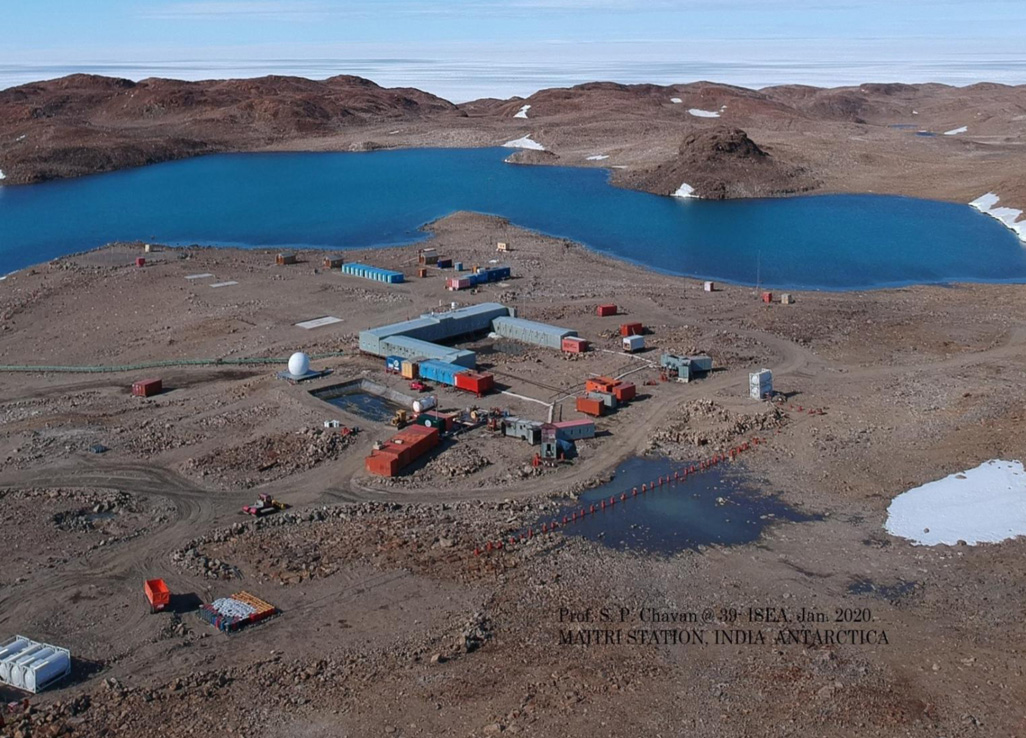Abstract: Forest fires in Uttarakhand are a result of warped policies since British times that wrested control of the forests from local communities, who in turn, set forests on fire to extract their revenge. Corrective measures to turn these communities from foes into friends can definitely help protect the unique Himalayan ecosystem.
Author is Chief Conservator of Forests, Uttarakhand. kapilkjoshi@rediffmail.com
TO READ THE FULL ARTICLE
Already have an account? Log In
Keep reading with one of these options :
OR
Free
Limited Articles
Create an account
